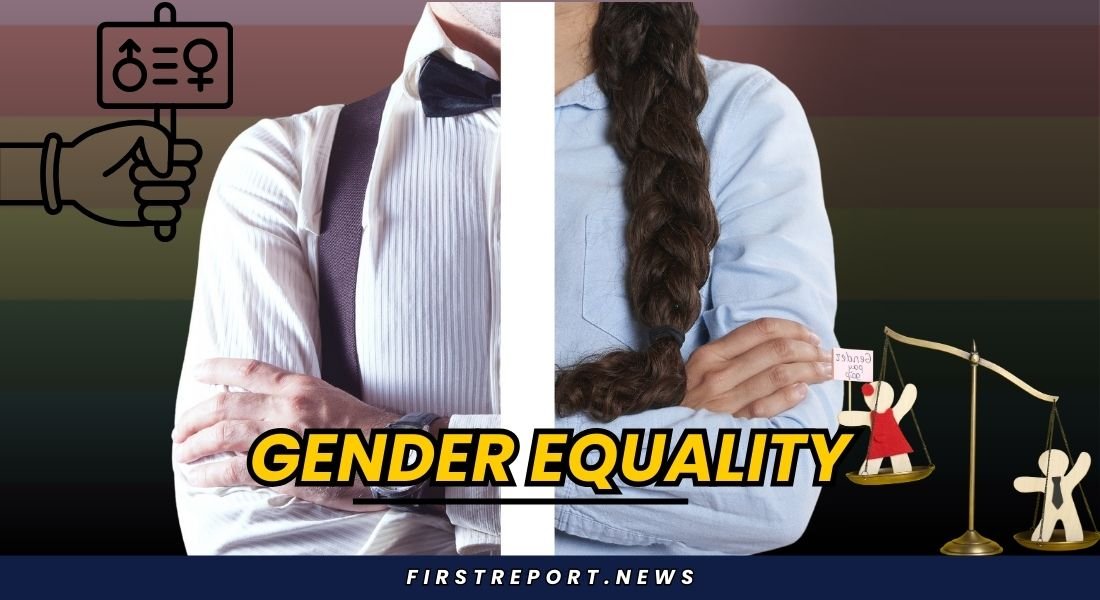“Population is not just numbers—it affects jobs, food, and future planning.” With over 140 crore people, India became the most populous country in the world in 2023. This makes the idea of a One-Child Policy in India a hot topic for group discussions, competitive exams, and interviews.
- India’s population: 1.4 billion+ (as per UN, 2023)
- Fertility rate: 2.0 children per woman (NFHS-5, 2019–21)
- Replacement rate: 2.1 (needed for population stability)
- By 2030, over 24% of the population will be aged 50 or above
- Unemployment rate (urban): Around 8% (CMIE, 2024)
- States like Bihar and UP still have high birth rates
- India’s working-age population is declining after 2040, as per NITI Aayog
What is a One-Child Policy?
A One-Child Policy limits each family to having only one child. It is mainly used to control fast-growing populations. China used it from 1979 to 2015. While it helped lower birth rates, it also caused social and economic problems.
Why Is It Discussed in the Indian Context?
India is facing challenges like:
- Overpopulation in urban areas
- Limited resources like water, jobs, and housing
- Environmental stress due to rapid urban growth
- Health and education systems under pressure
These issues raise the question: Should India implement a strict population control policy like the One-Child Rule?
Also Read: Reservation System in India
In Favour of One-Child Policy in India
- Controlling population growth helps in better resource management.
- Smaller families allow for more focus on each child’s health and education, which can help reduce poverty.
- Less childbirth leads to fewer maternal deaths and complications, improving women’s health.
- With less pressure on education, jobs, and public health systems, government planning becomes easier.
- If enforced well, population control can limit the preference for sons, encouraging gender equality.
Against: the One-Child Policy in India
- Population control policies can be seen as an interference with people’s basic rights and personal freedom.
- It could worsen issues related to an aging population, as fewer young people will be available to support the elderly in the future.
- There is a risk of gender imbalance, as seen in China, which it led to a higher rate of female foeticide.
- Such policies can have a negative impact on rural areas, where children are often considered a support system for their parents.
- Enforcing population control in a democratic country can be difficult and may face strong public and political resistance.
India’s Current Approach to Population Control
| Method | Status |
| Family planning awareness | Active in all states |
| Access to contraception | Available through the public health system |
| Two-child norm (in some states) | Applied in panchayat elections |
| Incentives for small families | Used in schemes like Mission Parivar Vikas |
Also Read: Should India Allow Dual Citizenship?
Suggestions Instead of a One-Child Policy
- Promote education, especially for girls
- Increase job security and social support
- Improve healthcare access in rural and poor regions
- Encourage small families through awareness, not pressure
- Address child marriage and teenage pregnancy
The idea of a One-Child Policy in India raises strong opinions on both sides. While it may help control the population, it can also create long-term social and economic problems. For a country like India, the focus should be on awareness, education, and choice, rather than strict population laws.




